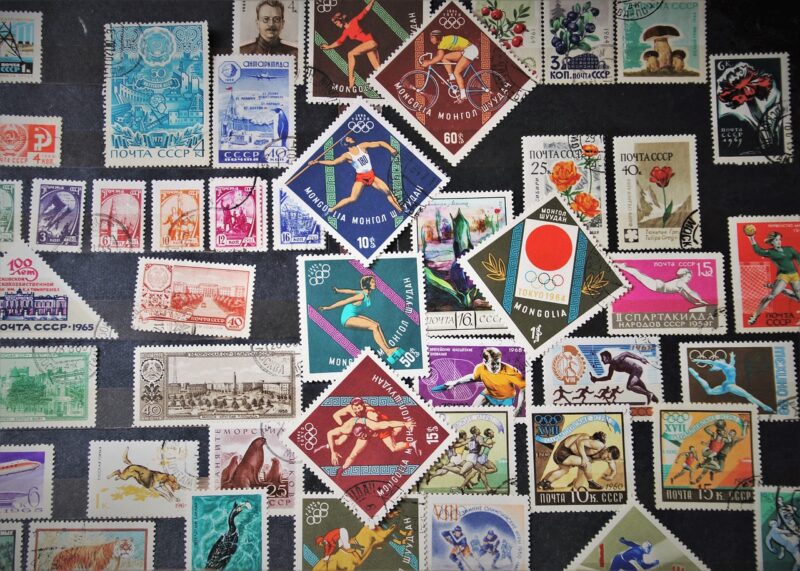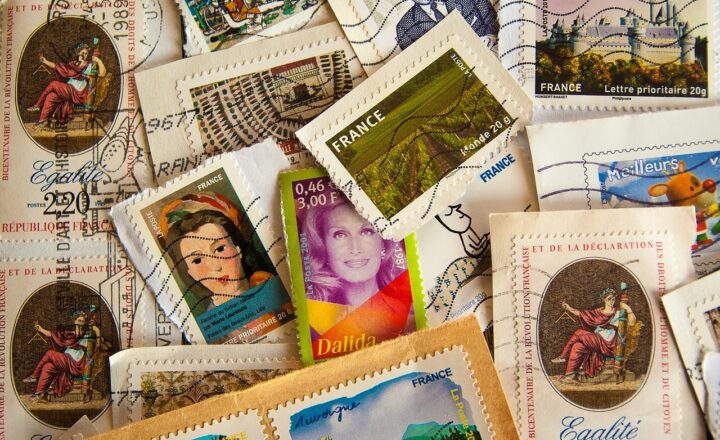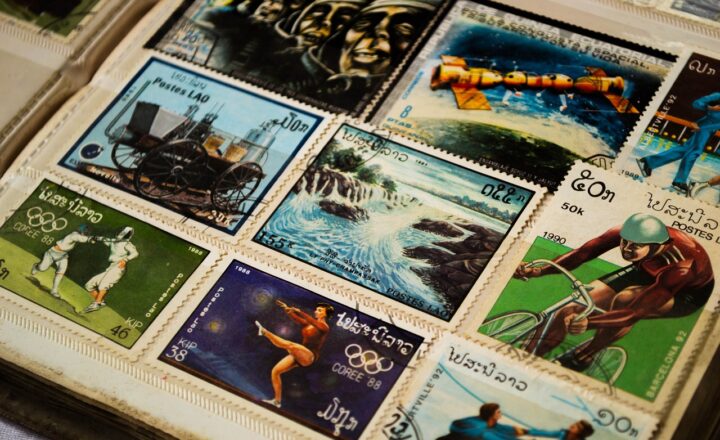Exploring the World of Stamp Collecting: A Hobby That’s Rich in History
November 14, 2024

Stamp collecting, also known as philately, is a fascinating hobby that not only allows individuals to collect beautiful pieces of art but also to delve into the intricate history and stories behind each stamp. As one of the oldest hobbies in the world, stamp collecting offers enthusiasts a unique way to connect with history, culture, and geography from all around the globe. In this article, we will explore the rich tradition of stamp collecting, its evolution over the years, and how you can get started on your philatelic journey.
1. The History of Stamp Collecting
Stamp collecting began soon after the introduction of the first adhesive postage stamp, the Penny Black, in the UK in 1840. The concept of pre-paid postage was revolutionary, completely changing the way mail was sent and received. As soon as stamps became available, individuals began to collect and trade them.
By the mid-19th century, organized philately had started to take shape, with specialized societies forming in various countries to promote the hobby. Collectors soon began to recognize the historical significance of stamps, as they often reflected cultural, political, and social milestones. Because stamps were issued in limited quantities, collecting them became a way to own a piece of history.
As the hobby grew, specialized catalogs such as the Scott Catalogue were published, which listed stamps by country and value, helping collectors to organize their collections. Today, stamp collecting has evolved into a global phenomenon, with millions participating across various formats, such as thematic collecting, classic stamps, and modern issues.
2. Types of Stamp Collecting
There are several different approaches to stamp collecting, each offering unique insights and experiences:
- General Collecting: Most newcomers start with general collecting, where they acquire stamps from a variety of countries without a specific theme. This approach is often an excellent introduction to the hobby, allowing collectors to discover their preferences and interests as they build their collection.
- Thematic Collecting: Here, collectors focus on a specific theme or topic, such as animals, sports, historical events, or famous personalities. This type of collecting can narrow the scope of one’s collection but allows for deeper exploration of the chosen theme, often leading to a more satisfying and cohesive collection.
- Country-Specific Collecting: Some collectors choose to focus solely on stamps from a specific country, which can lead to an extensive and detailed understanding of that nation’s history and culture through its postage stamps.
- Rare and Classic Stamps: For seasoned collectors, investing in rare or classic stamps can be both thrilling and potentially profitable. Early issues, errors, or limited releases can fetch significant prices at auction and provide insight into the history of postage and communication.
Regardless of the approach, the goal remains the same: to enjoy the process of collecting while learning about the world.
3. Getting Started with Stamp Collecting
If you’re interested in embarking on your own philatelic journey, here’s how to get started:
- 1. Gather Supplies: For a successful start, you’ll need some essential supplies such as stamp albums, stock books, tongs, and magnifying glasses. These tools will help you organize, catalog, and properly examine your stamps. A good quality stamp album can enhance the visual appeal of your collection and protect the stamps from damage.
- 2. Start Collecting: You can find stamps from various sources, including online marketplaces, local stamp shops, or estate sales. Start by collecting unused postage stamps or even franking stamps from letters and packages you receive. Don’t hesitate to ask friends and family for any stamps they no longer need as well.
- 3. Research and Learn: As you collect, take the time to research the history and significance of each stamp. There are numerous websites, books, and online communities dedicated to philately where you can learn more and connect with other collectors. Explore catalogues and resources available at your local library or online to familiarize yourself with pricing, rarity, and different classifications of stamps.
- 4. Join a Club or Society: To deepen your appreciation for the hobby, consider joining a local stamp club or an online philatelic society. These communities provide a wealth of knowledge and resources where you can share your experiences, trade stamps, and attend exhibitions or shows that celebrate the hobby.
- 5. Enjoy the Journey: Most importantly, remember that collecting should be an enjoyable experience. Focus on the thrill of discovery and the connections you make with history and art as you build your collection. The journey is just as rewarding as the destination!
4. The Benefits of Stamp Collecting
Engaging in stamp collecting can bring a variety of personal and educational benefits:
- Educational Value: Stamp collecting helps individuals learn about history, geography, culture, and even art. Each stamp represents a specific moment or theme, allowing collectors to connect with the world in a meaningful way.
- Cognitive Development: The practice of organizing, categorizing, and researching stamps can sharpen skills such as attention to detail, critical thinking, and problem-solving. Collectors often find enjoyment in the analytical aspects of the hobby, studying variations, identifying forgeries, and tracking down rare finds.
- Social Connections: Joining a community of collectors or participating in local clubs can lead to friendships and connections with individuals who share similar interests. Stamp shows and exhibitions further enhance the social experience of the hobby, providing opportunities to learn and share knowledge.
- A Sense of Accomplishment: Building a well-curated collection brings a rewarding sense of achievement. Collectors take pride in their collections, often showcasing them at exhibitions or sharing them with friends and family.
Whether for pure enjoyment, learning, or investment purposes, stamp collecting can be a fulfilling and enriching hobby.
5. Challenges Faced by Stamp Collectors
Despite its charm, stamp collecting is not without challenges:
- Cost of Rare Stamps: While collecting can begin with minimal investment, acquiring rare stamps or complete sets can be expensive, which may deter some collectors. However, many collectors enjoy hunting for unique stamps at auctions or estate sales, often finding hidden treasures at lower prices.
- Authenticity Concerns: The market for stamps has its share of forgeries and counterfeit stamps. Ensuring each piece’s authenticity is crucial, and collectors must educate themselves on identifying fake stamps to protect their investments.
- Limited Resources: Finding quality resources, such as catalogs or knowledgeable mentors, can be challenging, especially for beginners. Engaging with clubs or online communities can help alleviate this issue by providing valuable support and knowledge.
Nonetheless, the rewards often outweigh the challenges, making it a worthwhile endeavor for those willing to invest the time and effort.
Conclusion
Stamp collecting offers a unique blend of adventure, education, and community. As a hobby rich in history, it connects individuals to stories and cultures worldwide while providing a fulfilling pursuit for anyone willing to start collecting. Whether you find joy in identifying the rarest stamps or simply enjoy the aesthetic beauty of stamps, there’s a place for you in this vibrant and timeless hobby. So gather your supplies, immerse yourself in the past, and begin your journey into the magnificent world of stamp collecting today!





